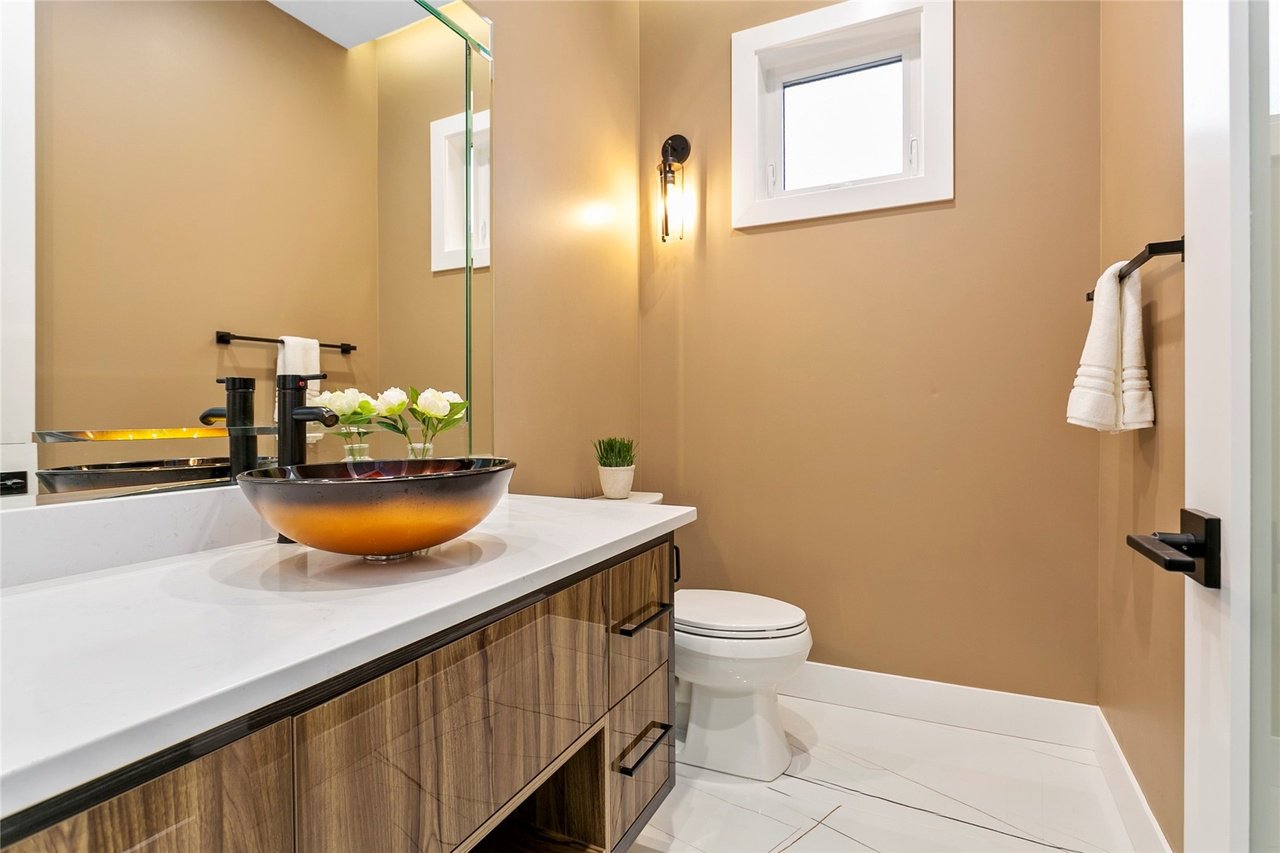Hi! We are Jose Chavez and Allyse Bogue, co-owners of JC Stoneworks. We are a husband and wife team, with a passion for creativity in all things STONE!
FAQ
Frequently Asked Questions
The least expensive edge profile is typically the quarter-round or eased edge. These profiles require simple fabrication processes and techniques, making them budget-friendly options without compromising on style.
While marble can be fabricated to create complicated edge profiles, it is generally more challenging than harder stones like quartz or granite. The softness of marble makes it subject to cracking during the fabrication process, so it requires skilled craftsmanship to achieve detailed designs without damaging the stone.
Finding a good fabricator involves researching local companies, reading reviews, and asking for recommendations from friends or industry professionals. Look for fabricators who specialize in quartz and natural stone, have a portfolio showcasing their work, and offer transparent pricing and timelines.
Yes, edge profile names can vary by region and fabricator. While some names like "bullnose" or "beveled" are widely recognized, others may have different terminologies depending on local preferences or specific fabrication practices. It’s essential to communicate clearly with your fabricator about the desired style to ensure you receive the correct profile.
To achieve the appearance of a thicker countertop, you can opt for a mitered edge profile. This technique involves cutting the stone at a 45-degree angle and joining two pieces together at the corners, creating the illusion of added thickness without increasing material costs significantly.
The standard thickness for countertops typically ranges from 2 cm (3/4 inch) to 3 cm (1 1/4 inches). However, custom thicknesses can be created based on design preferences and structural requirements. Always consult with your fabricator to determine the best thickness for your specific project needs.
The standard thickness for countertops typically ranges from 2 cm (3/4 inch) to 3 cm (1 1/4 inches). However, custom thicknesses can be created based on design preferences and structural requirements. Always consult with your fabricator to determine the best thickness for your specific project needs.
What sets us apart from other fabricators is that many still do hand cutting or use bridge saws. Over the past nine years, we have dedicated ourselves fully and spent every penny possible on improving our processes and ensuring we have the most advanced, top-of-the-line machines. This commitment enables us to deliver products of the highest quality.


